The content of the article
When it comes to breastfeeding, each young mother, before eating something for food, carefully weighs the benefits and harms of each product she eats, so that God forbid you do not harm your baby's health. Its digestion is still so fragile and unstable that every product that is trivial for an adult can cause a colossal allergic reaction in the crumbs, starting with diathesis rashes and ending with serious indigestion, which can only be overcome by doctors.
A number of products, at first glance, do not bear significant harm, and by the number of vitamins and microelements contained in them, they are necessary both for mother and for the crumbs. However, a reasonable benefit may be harm if you do not take into account certain features of the product.Gozinaki belong to one of the variants of this category of food.
What are kozinaki?
Kozinak - confectionery, which includes:
- Melted sugar to caramel state, in soft versions, it can be replaced with honey syrup or syrup from sugar substitutes.
- Nuts, rice, sesame, roasted sunflower seeds.
- Possible addition of pastry spices (cinnamon, vanilla).
- Possible addition of raisins and pieces of fruit.
Why say no to a product
It follows from the above that this product assumes an initially high sugar content.
On the one hand, sugars are necessary for both the mother and the growing child. They are involved in the metabolism of nutrients from the blood to the cells, enhance the action of certain enzymes, and actively improve the energy resources of the brain and spinal cord.
But, nevertheless, there is the harmful side of an overdose of sugar. First of all, it is:
- Cell saturation with glucose products and, as a result, lethargy and apathy in the baby.
- It leads to the rapid deposition of fat in the skin of the baby and, as a result, increase its weight.
- Slow healing of ulcers on the skin arising from diathesis, bedsores, tissue sores, various skin irritations.
- A large load on the unformed pancreas of the baby.
- For the most part, kozinaki are produced in solid form (roasted). When biting them there is a high risk of damage to the tooth enamel, which already is not in the best condition after pregnancy.
- Excess sugar is excreted by urine and feces from the body, and their high content increases the acidity of these secretions and leads to even more skin irritation in the future.
It would not be superfluous to remind that in our time there is a class of not quite honest with respect to ordinary buyers of manufacturers. They add various chemical additives to their products: stabilizers, dyes, flavor enhancers, preservatives and a number of other substances that are not useful to an adult, and what about a small children's body! Therefore, before making a decision to pamper yourself with kozinak - a young mother should carefully examine the composition of the package.In addition, it should be understood that many supplements may not be indicated there, but when using the product, they will certainly affect the health of the baby.
Another relatively harmful factor is the presence of a wide variety of nut and fruit components in this product. Some of them have unusual exotic origins. So, sometimes pineapple pieces, melons, ground peanuts, sesame are included in the composition - these products are considered highly allergenic and, if the mother is not intolerant of them, then it is important to take into account that:
These products grow on the territory of other climatic influences and the gastrointestinal juices of a person in the middle zone practically do not have the necessary enzymatic activity for their assimilation. This does not mean that a person can not adapt to this product - it just requires some energy. A baby toddler with such products is better to acquaint at least when he independently learns most of the components of the usual complementary foods. This usually occurs between 9 and 12 months.
A young mother can not guess the presence of food intolerance to these components.In addition, during breastfeeding, the digestibility of some unfamiliar chemicals to the mother's body decreases - thus, the body blocks the entry of unwanted chemical stress to the baby. In these cases, inevitably the development of food allergies, antibodies to the allergen will begin to actively flow into the milk, and this can lead to an allergic reaction to the products already familiar to the child and firmly disrupt its digestion.
Is there any benefit from kozinaka?
Undoubtedly, a large amount of sugar and the presence of potentially allergenic nuts at first glance does not bring any benefit to the child’s body, but what if you really want kozinaka? Let's try to look at the product from the positive side:
- Nuts, which are part of kozinaki, are a complete nutritious product. No wonder there is an opinion that if you need to survive in the forest for a long time, you should look for hazel. 100 grams of any type of this food product contains the daily intake of carbohydrates and half of the same protein norm. In addition, a number of nut species, such as walnuts, hazelnuts,pine nut - contain a whole range of beneficial trace elements and minerals. These are zinc, magnesium, selenium, phosphorus, calcium, sodium, iron, copper. Such components contribute to the full formation of the nervous system, strengthen the immune system, normalize intracranial pressure and contribute to the qualitative development of the hormonal system.
- Adding sesame seed to the kozinaki will have a positive effect on the development of the child's musculoskeletal system. Sesame is an excellent means of preventing rickets in children. Due to the large combination of calcium, potassium and adapted chlorine compounds, it has a beneficial effect on the synthesis of vitamins A, C and D, the insufficiency of which provokes the development of rickets.
- Kazinaki, in which honey treacle is present instead of sugar, is additionally endowed with the beneficial properties of honey. We are talking about the obstacle of early cholesterol deposits on the walls of blood vessels (which is important for children whose heredity is burdened by cardiovascular diseases). Honey also blocks the negative effects of free radicals, removes slags and toxins from the body,has a positive effect on the formation of enzymes of the gastrointestinal tract of the baby.
How to choose the right kozinaki
If, however, the young mother decided to include this tasty but controversial product in her usual diet, then it is worthwhile to approach her choice correctly:
- Carefully read the composition: it should be excluded additives class E, strange chemical names (if the mother does not know this compound, it is better not to risk).
- It is advisable to choose a product in a transparent package so that it can be examined for mold formation; for sunflower seed kozinaki, there should be no visible skin residue. The obvious white segments in the product, through which components are practically not visible, should be alerted - this phenomenon can confirm localized accumulations of sugar, fatty secretions of nuts, or chemicals added to the product for preservation. Such phenomena indicate: violation of the technology of preparation of the product, its improper storage or expiration of its shelf life. Benefits such kozinaki will not add.
How to enter kozinaki in the diet
The product is purchased, brewed a teapot with tea, now you should understand how to properly enter it into the diet so that it does not harm the baby:
- On the first day it is recommended to take a small piece, the size of ½ tsp. Consume preferably in the morning. After turning on kozinaki in your diet, carefully look at the condition of the crumbs. If a day later redness of the cheeks has gone, rash, lethargy - the further consumption of the product is contraindicated until the end of breastfeeding.
- The next dose of kozinaki can be slightly increased and again you can watch the reaction.
- If the baby reacts normally, then this product can be actively used in the composition in which it was originally. The norm of kozinaki per day should not exceed 40 grams of product.
- When purchasing a kozinaki of a different composition, its consumption must be started as the introduction of a new product into the diet of a child and carefully monitor its condition.
- It is advisable to start with the classic types of kozinaki, which include sunflower seeds and sugar. It is not recommended to use the product with peanuts - this type of walnut is a strong allergen.
Kozinaki is a tasty and nutritious delicacy that can please mom, sweeten the baby’s milk and charge positively for the whole day ahead. However, their consumption should be approached wisely, with an adequate degree of responsibility, so that they do not become an obstacle to the health of mother and baby.
Video: how to make kozinaki at home

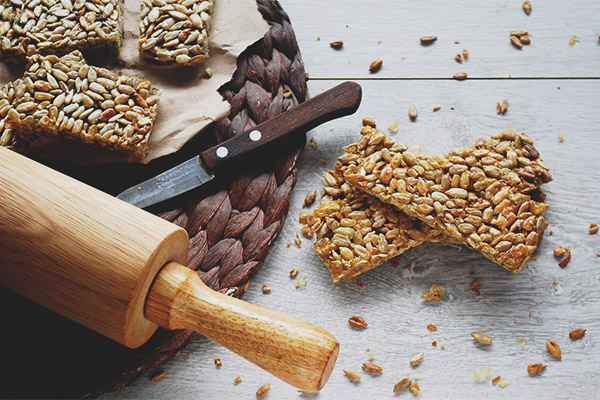
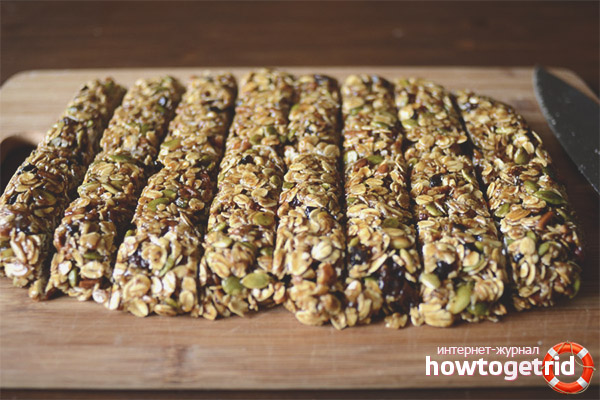


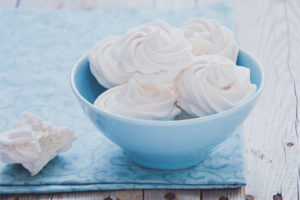
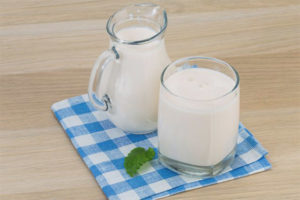

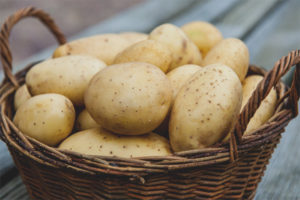
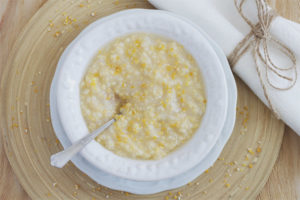
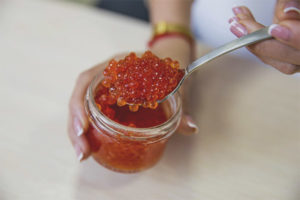
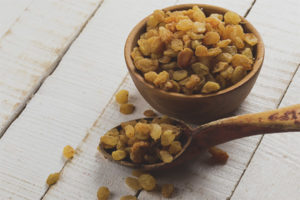
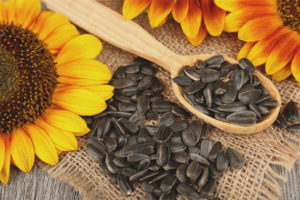
To send